
If there is one topic in the history of the world that is controversial enough to make some white people feel racialized, it’s affirmative action. The term “affirmative action” was introduced by President John F. Kennedy in 1961 as a means of redressing past and persistent discrimination against minority groups, particularly black people, despite civil rights laws and equal protection rights outlined in the constitution. After Kennedy’s assassination, the policy was carried out by President Lyndon Johnson.
When first introduced, its primary focus was employment: a temporary fix for racial discrimination in the workplace and a way to put minority and majority groups on equal footing. But now, affirmative action can be found anywhere and is particularly argumentative when it comes to college admissions. Students are now going as far as suing universities for denial of admission based on preference given to minority groups.
The ludicrous nature of these lawsuits, along with opposition to affirmative action, originates with an earnest belief that the policy isn’t necessary anymore because structural racism no longer exists. But this lack of understanding is precisely why affirmative action is still a necessary and integral element of society, especially in regards to the college admissions process.
Opponents of the policy claim beneficiaries of affirmative action unfairly receive admission into universities based solely on their minority status. However, affirmative action does not depend on numerical quotas pushing admission boards to accept minority students without regard for their academic qualifications. Rather, it is a decision-making policy that comes down to which student will be chosen when their academic achievements are almost identical.
The policy of affirmative action is invoked to show sensitivity to groups of people who have, historically, been systematically oppressed and suffered societal disadvantages. It is an erroneous conception that people in minority groups are unable to gain admittance to a college based on merit alone. They can, and they do, and in some instances, that’s the point. Despite shameful, archival prejudice, they have been able to succeed in a world that taught them they could not. And now, where these groups were once excluded, are now accepted based on their achievements.
On the opposite end, people against affirmative action will claim that minority group test scores are too low. In saying this, they are failing to recognize that basing merit off of test scores is an inaccurate measure of ability. They ignore the point that using this as the sole qualifier excludes students who have not had access to sufficient public education or money to pay for SAT preparatory courses.
Furthermore, people in minority groups have been able to equalize their academic achievements while racism within society’s institutions continues, something affirmative action opponents disbelieve. They’re wrong, and statistics prove it. The unemployment rate for black Americans remains over half that of white Americans, and black people are half as likely as white people to get a job even when presented with almost identical qualifications.
This is why it is exceptionally frightening when people disagree with affirmative action used for college admissions. Entrances into universities provide all students with greater access to “real world” connections and, more importantly, a diploma. Both make it easier to get a job, which means diversity in college populations should ultimately lead to more diversity in the workforce. This is one of many fundamental reasons why the majority of minorities support the implementation of affirmative action for college admissions.
These statistics also help to negate the theory that affirmative action only fosters further stigmatization of minority groups. Even if it did, eliminating the policy would do just about nothing to eliminate the stigma. Stigmatization of minorities is not the product of affirmative action. It is the product of bigoted attitudes to which opponents of the policy turn a blind eye. We do not live a post-racist society, and we cannot pretend the country’s past discrepancies have no bearing on the lives of minorities today.
Affirmative action works to reduce stigmatization of minority groups by increasing diversity in institutions of higher learning, places of employment and more. The increasing interactions between minority and majority groups promote greater understanding and tolerance of each other as human beings, ones that exist beyond race or ethnicity. If it is a genuine goal of this country to live in a color-blind society, then it is not in our best interest to eradicate a policy that works to promote it.
Jillian Correira is a Collegian columnist. She can be reached at [email protected].


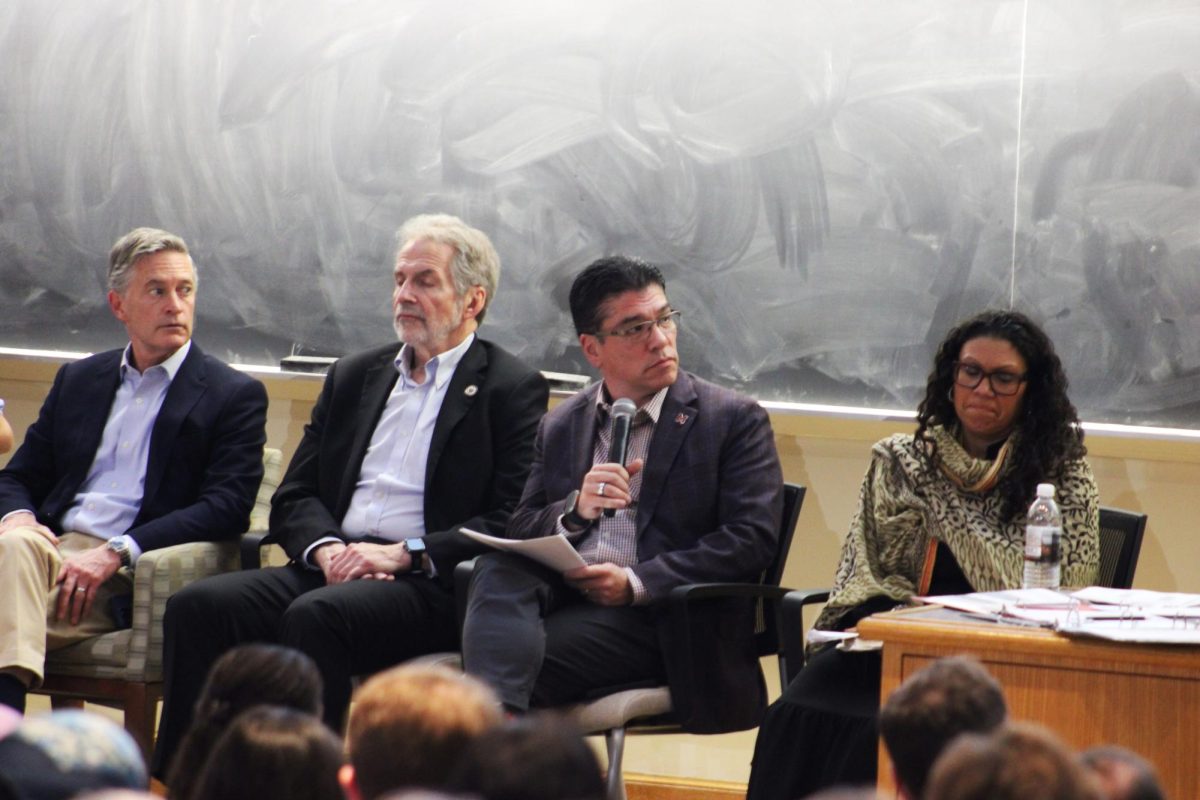

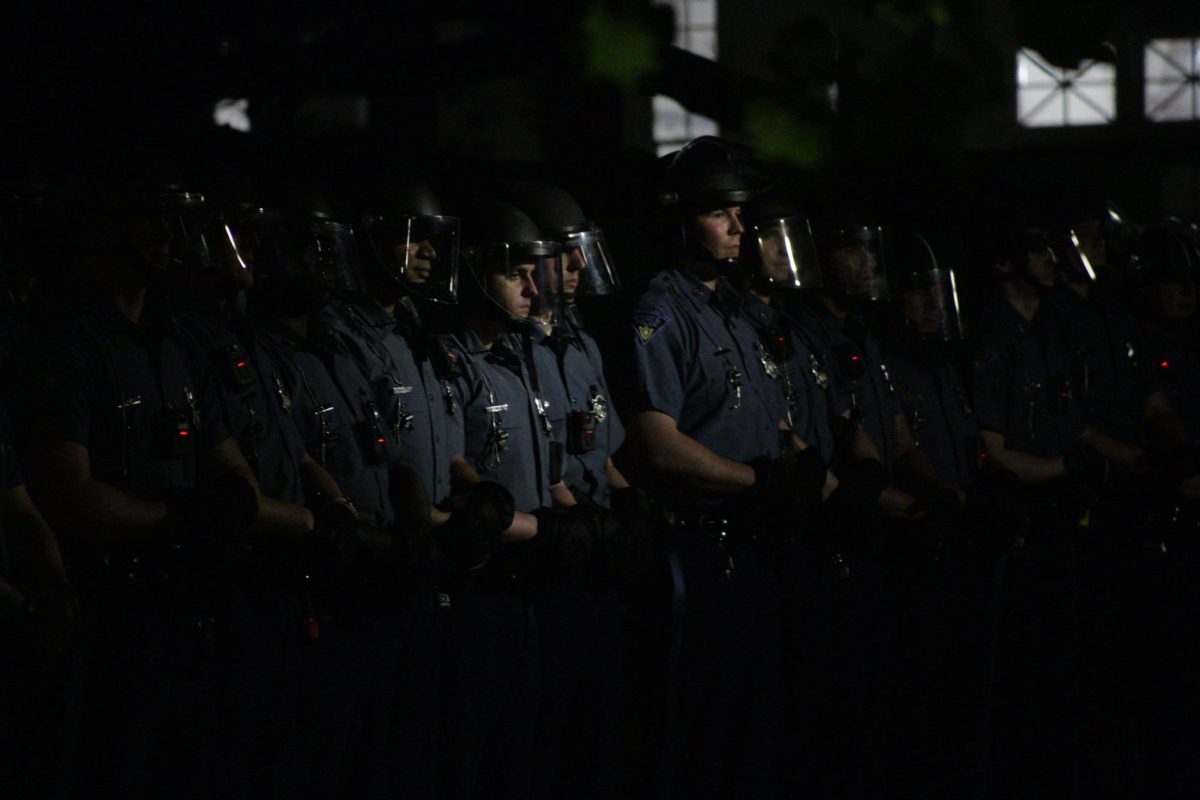
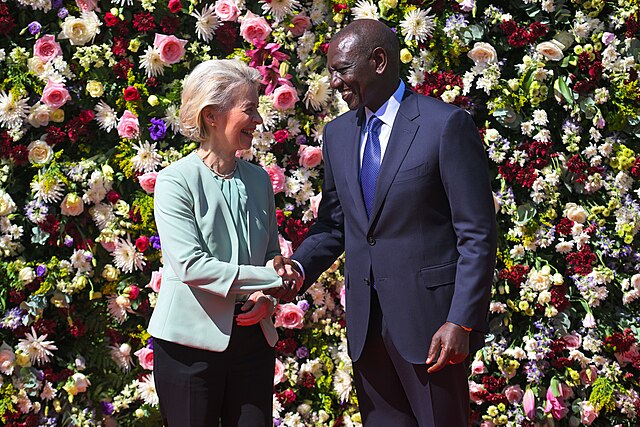
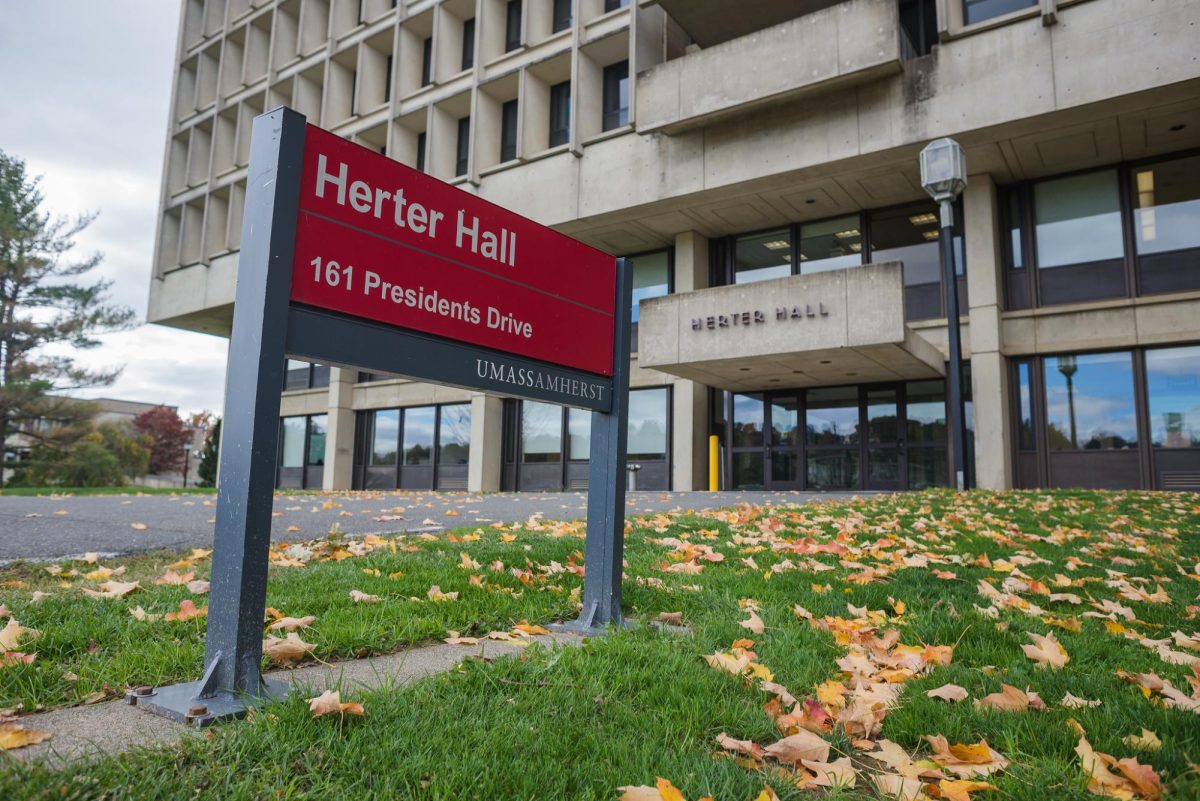


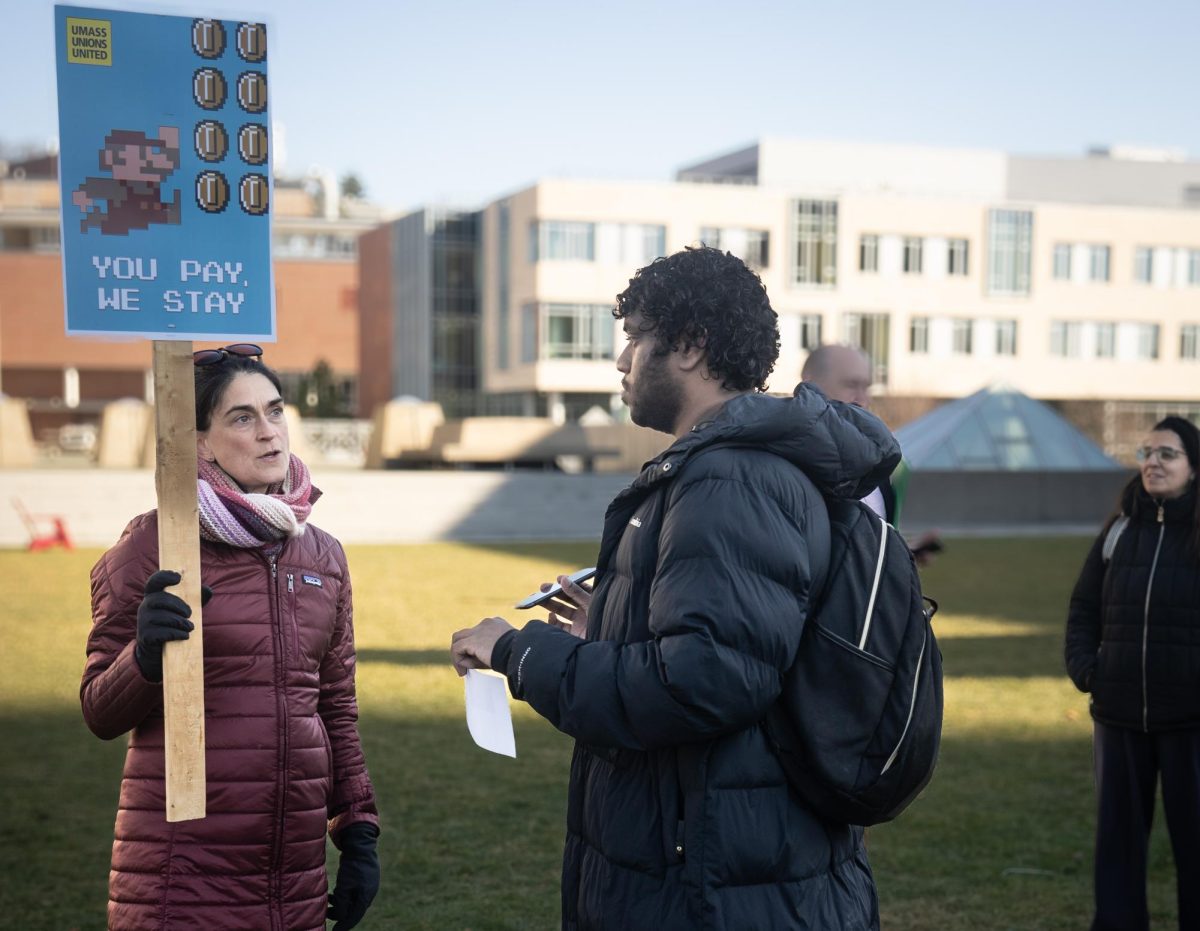


Jennifer Gratz, XIV Foundation • Apr 11, 2013 at 12:08 pm
Kennedy’s executive order stated that government contractors should “take affirmative action to ensure that applicants are employed, and employees are treated during employment, without regard to their race, creed, color, or national origin.” This idea of treating people “without regard” to race has transformed into policies that explicitly treat people with regard to race.
Contrary to your arguments about usefulness, opposition to affirmative action originates with an earnest belief that it is wrong to treat people differently based on the color of their skin. And if it is the genuine goal of this country to live in a color-blind society, then it is in our best interest to end policies that encourage employers and administrators to treat people differently based on race.
Grey • Apr 11, 2013 at 9:44 am
“Rather, it is a decision-making policy that comes down to which student will be chosen when their academic achievements are almost identical.”
Actually, it’s more than this. Affirmative actions is more than just using race as a tie-breaker. And it’s more than just about diversity. These concepts oversimplify that matter to some degree.
Affirmative action is about ensuring that deserving students on the edges of society don’t get excluded simply because they weren’t given the same leg-up at birth and that we have an educated populate that is representative of the full demographic of society. By no means do we want to end up as a “winner-take-all” kinda of society, where wealth and racial privilege determine your outcome more than how hard you work given the circumstances you’ve had to live with. If everyone you grow up around is white and went to same prep schools that you went to, you learn nothing about the world around you. But, if your classroom resembles more of the United Nations than the Augusta Green Country Club, you stand a better chance at being a world leader who is capable of dealing with a world that is much more diverse than people realize.
Roger Clegg, Ctr for Equal Opportunity • Apr 11, 2013 at 9:26 am
The broad remedial rationale for racial preferences used by this column is a nonstarter as a legal matter, because it has been rejected by the Supreme Court and is not being offered by schools as a justification. And the Court was right to reject it, because there is no reason to use race as a proxy for disadvantage in 2013. There are plenty of disadvantaged whites and Asians, and plenty of advantaged blacks and Latinos; note that 86 percent of the African Americans admitted to the more selective schools come from upper- or middle-class backgrounds. The column is also dishonest in minimizing the gap in qualifications between those who get racial preferences and those who don’t, and ignores the many costs of racial discrimination. Finally, it begins with a mischaracterization of President Kennedy’s executive order, which did not call for preferential treatment.